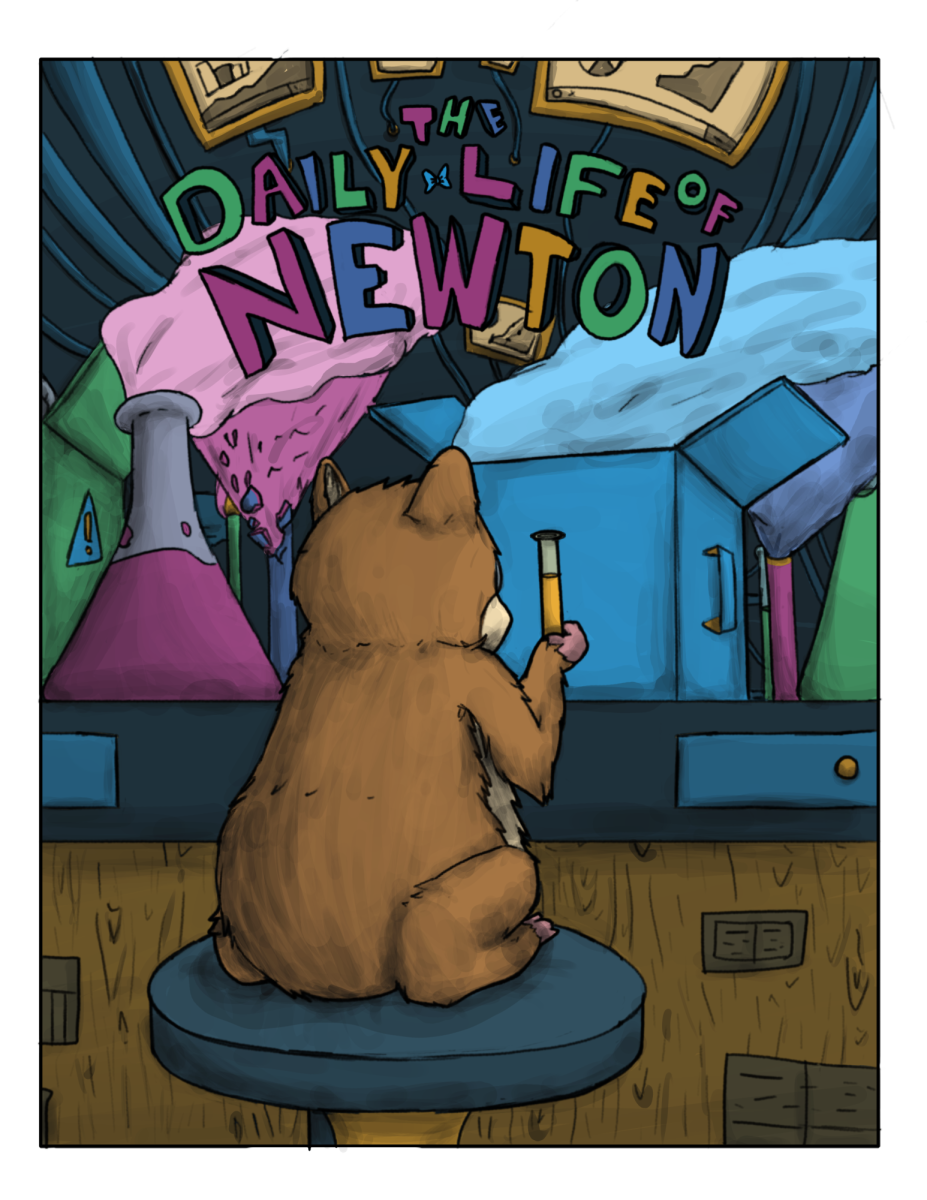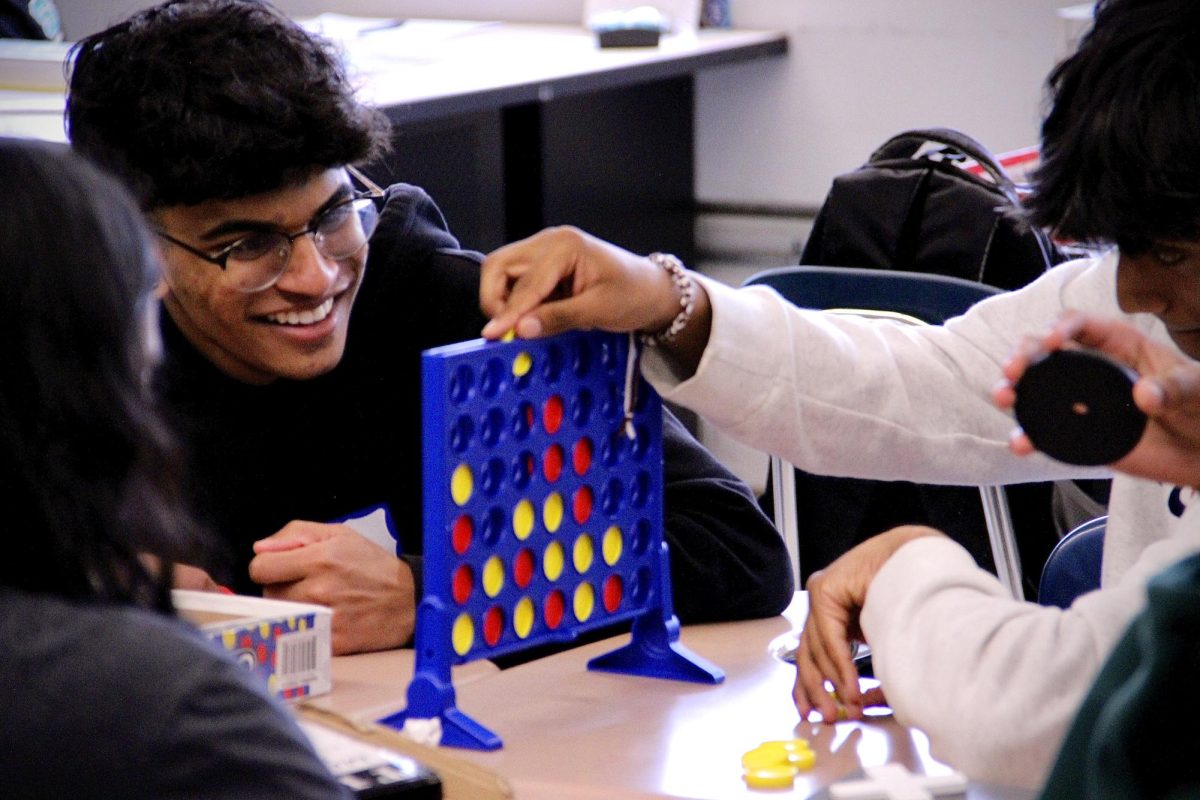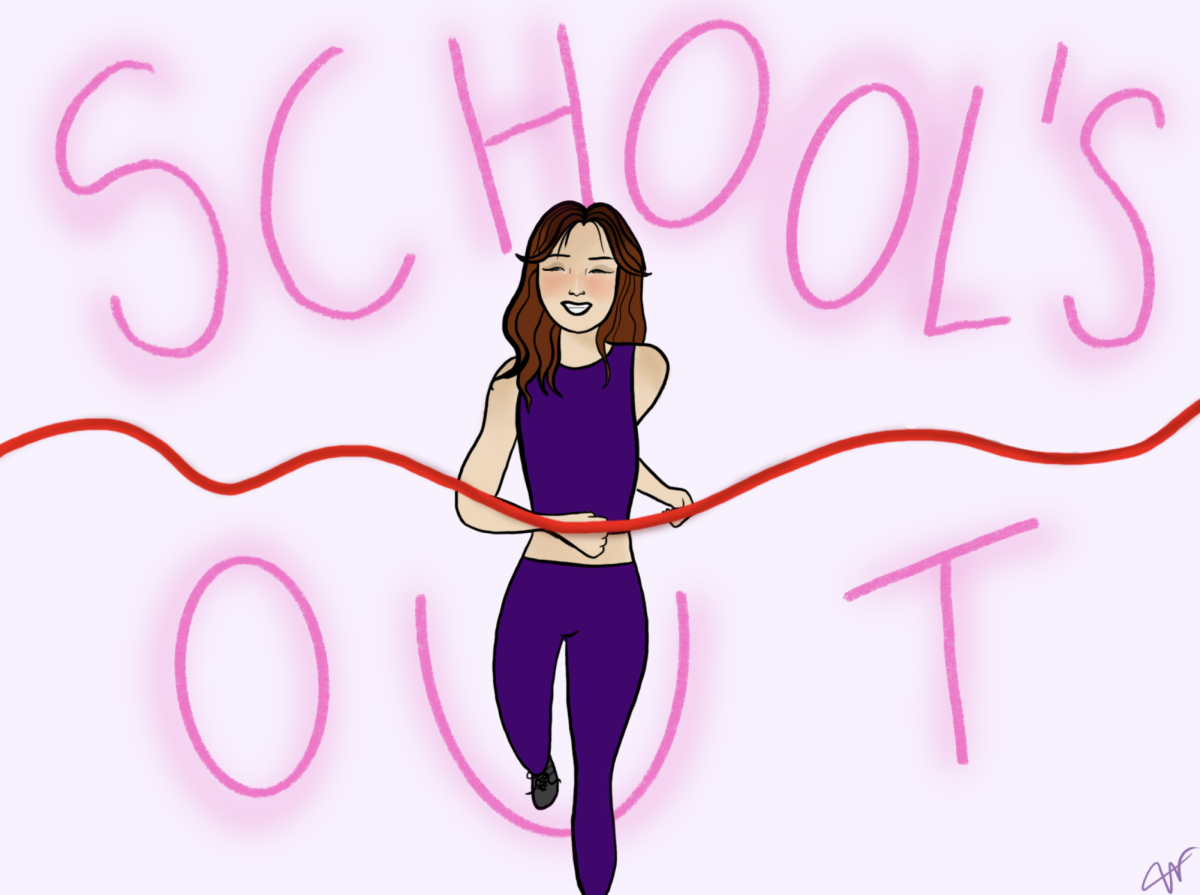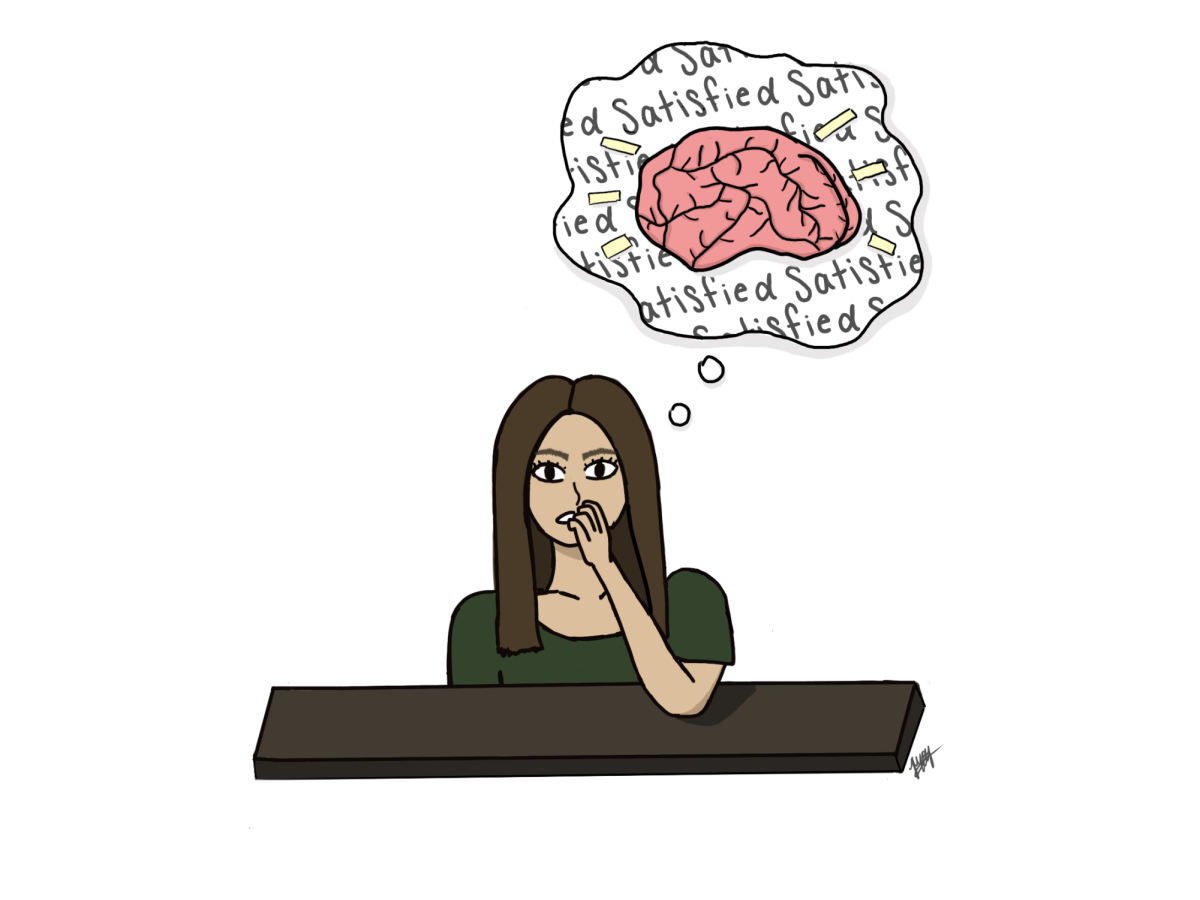You pick at your fingers before an exam. You unconsciously zip and unzip your hoodie on the drive to school. Your leg is bouncing up and down as you finish your homework.
We all have unintentional habits such as those listed above that have become embedded into our daily lives. These physical mannerisms have become a massive part of our routine; whether it be nervously, in frustration, or even unconsciously, habits have a huge impact on our overall well-being. This begs the questions: where do these habits come from? And how do we break bad ones?
To answer the first, we have to revisit the part of the body that is most essential for these types of actions: the brain. Habits form in our brains through a process known as habit reformation. This is a three-step process: the cue, the routine, and the reward. A behavior in everyday life becomes associated with a cue, and if followed by a satisfying reward or result, we feel obliged to follow this behavior again and again. For example, if you have a tendency to pick at your nails, your body interprets this action as a cue. When your nail has picked to the point of breaking, you feel the satisfaction of having “completed” this behavior, and instinctually, you begin doing it again and again. This is often associated with anxiety-induced situations before a big exam such as a test or presentation. Our brains crave comfort and familiarity during these times, and the rewards associated with nervous habits can create more calmness or satisfaction. Thus, nervous habits are born.
These mannerisms are known to be positive in the long run, even the nervous ones. Not only have they been found to be energy efficient––helping the body calm itself down without tiring itself out––but they also help us perform routine tasks without overloading our brains with decision-making. However, it is important to note that not all habits are healthy. By harming parts of the body to the point of physical and mental strain, unhealthy tendencies––like smoking, drinking alcohol, and even supposedly harmless habits such as nail biting––can have an even more detrimental impact on our lives. As hard as they can be to develop, they can be even harder to break.
So how exactly do we break these unwanted mannerisms? Before you can change a mannerism you must find the root. Thus, finding the cues, or triggers that set it in motion is the first step to breaking a bad habit. Once you find out what prompts a behavior, you have more chance of controlling the situation and preventing it. The next step involves replacement. Once you’re able to find the root of the habit, you can substitute it for something more beneficial or positive. Back to our previous example, nail picking can be substituted for something more stress relieving like deep breathing exercises. The third and final step doesn’t involve any extra work––all you have to do is wait. These conventions are hardwired into our brains and as mentioned, go unnoticed in day-to-day life, so it’s important to be patient while trying to break harmful ones. As you gradually reduce the frequency of these unwanted instincts and substitute them with positive ones, you’ll start to notice change and overall much better results.
Good or bad, these mannerisms play a huge role in our day-to-day life. Understanding the science behind them is extremely important in helping us discover what works best for us, and empowering us to break off what doesn’t. These processes take a lot of patience and time: no matter the situation or the habit, it is imperative to be self-aware and stay persistent.







































